Vulvodynia is not caused by an active infection or a sexually transmitted disease. Through continued research efforts, we move closer to discovering the underlying cause(s) of vulvodynia. Researchers speculate that one or more of the following may cause, or contribute to, vulvodynia:
- An injury to, or irritation of, the nerves that transmit pain from the vulva to the spinal cord
- An increase in the number and sensitivity of pain-sensing nerve fibers in the vulva
- Elevated levels of inflammatory substances in the vulva
- An abnormal response of different types of vulvar cells to environmental factors such as infection or trauma
- Genetic susceptibility to chronic vestibular inflammation, chronic widespread pain and/or inability to combat infection
- Pelvic floor muscle weakness, spasm or instability
After taking a thorough medical history and asking questions about your symptoms, your provider should carefully examine the vulva, vagina and vaginal secretions to rule out an active infection or skin disorder. Routine cultures for yeast and bacterial infections should be performed. Your provider may also recommend that you have blood drawn to assess levels of estrogen, progesterone, and testosterone. He/she will likely perform a cotton-swab test (pictured on the right). During the test, gentle pressure is applied to various vulvar sites and you’re asked to rate the severity of the pain. If any areas of skin appear suspicious, your provider may examine them with a magnifying instrument or take a biopsy of the area.
Because we don’t know what causes vulvodynia, treatments are directed towards alleviating symptoms and usually provides moderate pain relief. Some women experience relief with a particular treatment, while others do not respond or experience unacceptable side effects.
No single treatment is appropriate for all women with vulvodynia and it may take time to find a treatment, or a combination of treatments, that alleviates your pain.
Women with provoked vestibulodynia may be candidates for surgery. Success rates for surgery vary from 60% – 90%.
Current vulvodynia treatments include:
- Discontinuation of Irritants
- Oral “Pain-Blocking” Medications
- Tricyclic Antidepressants
- Serotonin-Norepinephrine Reuptake Inhibitors
- Anticonvulsants
- Opioids
- Topical Medications
- Topical Hormonal Creams (e.g., estrogen, testosterone)
- Topical Anesthetics (e.g., lidocaine)
- Topical Compounded Formulations (e.g., anticonvulsant, antidepressant)
- Pelvic Floor Muscle Therapy
- Nerve Blocks
- Neurostimulation and Spinal Infusion Pump
- Surgery (for women with Provoked Vestibulodynia)
- Complementary or Alternative Medicine


























